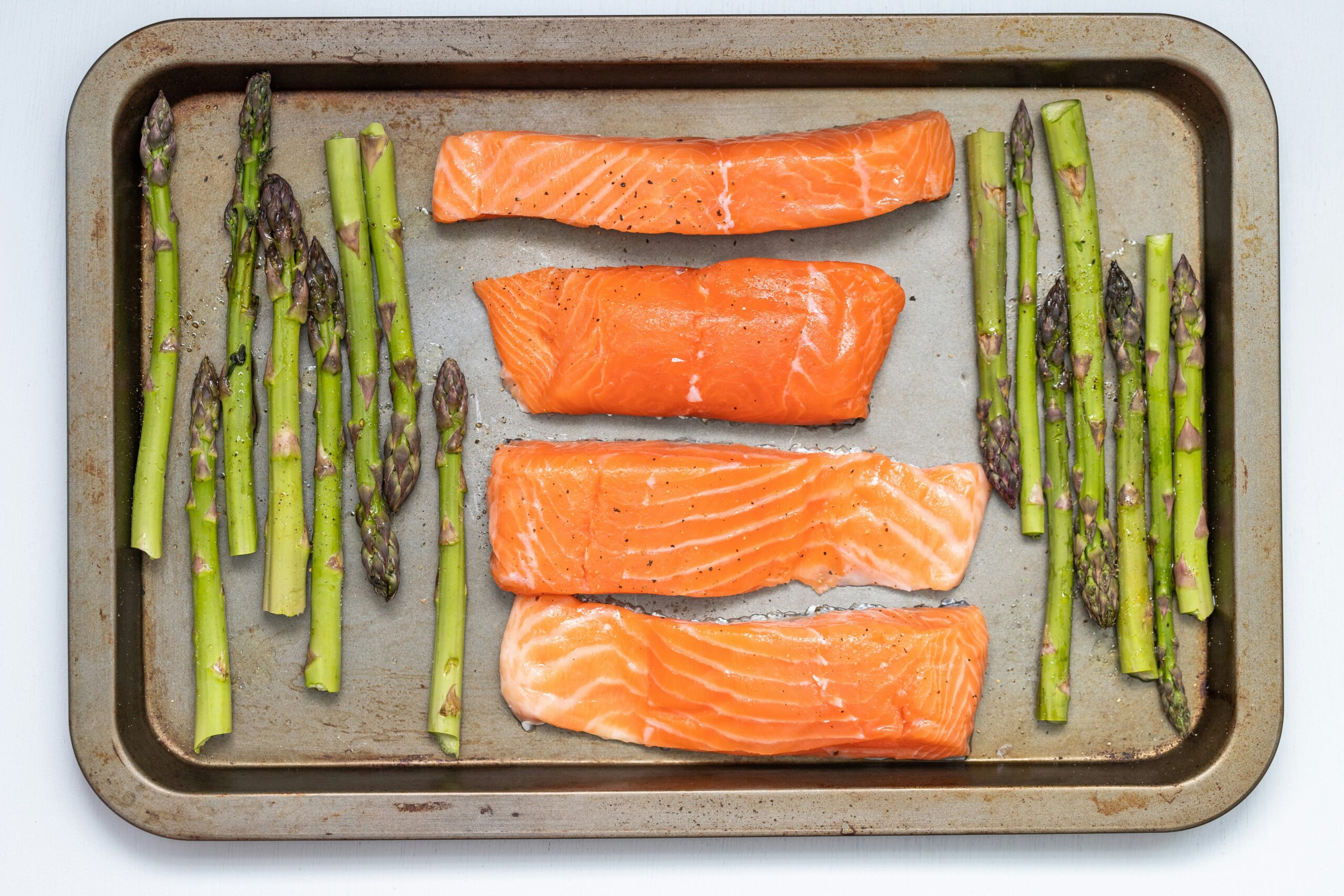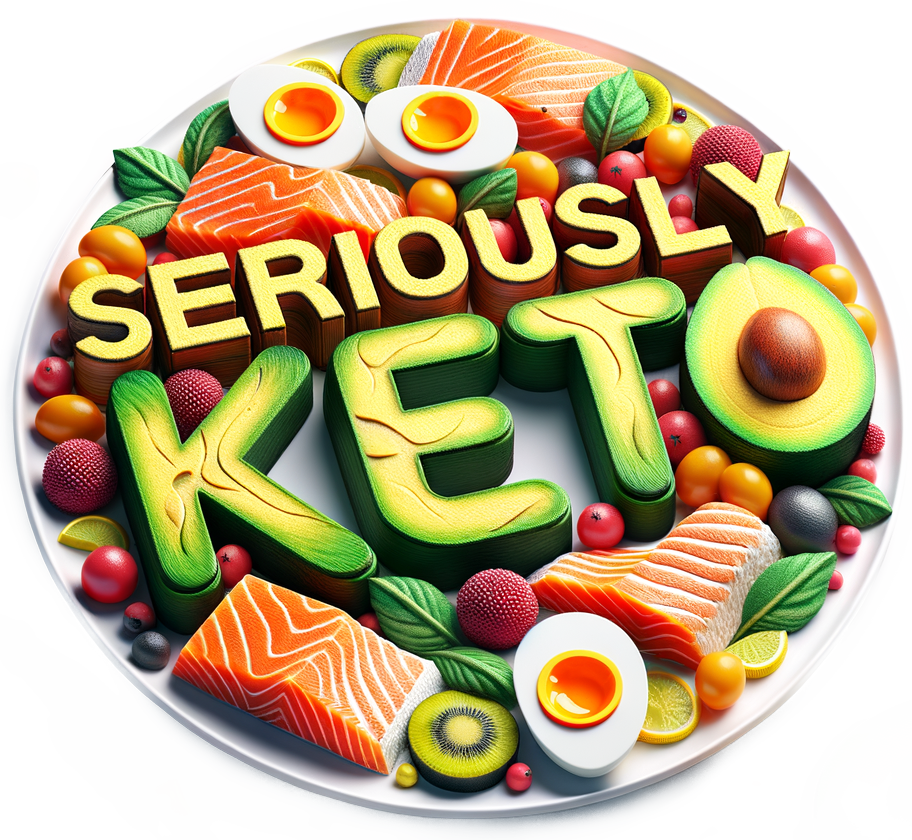Have you ever wondered what the basic rule of the keto diet is? With the growing popularity of various diets today, figuring out what makes each unique can be a bit overwhelming. Among the most talked-about is the ketogenic diet, often shortened to “keto.” But what exactly is it, and why has it gained such a strong following? Let’s uncover the foundation of this lifestyle and see what it might offer you.
Understanding the Keto Diet
Before diving into rules or guidelines, it’s important to understand what the keto diet is all about. The ketogenic diet is a high-fat, low-carbohydrate eating plan that has been used for decades. Originally developed to treat epilepsy in children, it has gained fame in more recent years for its potential benefits in managing weight, blood sugar levels, and even some neurological disorders.
This diet works by putting your body into a state called ketosis, where fat becomes the primary source of energy instead of carbohydrates. The shift to burning fat over glucose can lead to weight loss and other health benefits.
What is Ketosis?
To grasp the core rule of the keto diet, you need to know what ketosis is. Ketosis is a metabolic state where your body relies on fat, instead of carbs, as its main energy source. When you drastically reduce carbohydrate intake and replace it with fat, your liver breaks down fat into molecules called ketones. These ketones then serve as an alternative fuel source, especially for your brain.
How to Enter Ketosis
Entering ketosis requires a significant reduction in carbohydrate intake, typically below 50 grams per day. This reduction forces your body to tap into its fat stores since there are not enough carbs to provide the necessary energy.
Here’s a simple breakdown of how to guide your body into ketosis:
- Reduce Carbs: Lower your daily carbohydrate intake to less than 50 grams. Some strict keto followers might even go as low as 20 grams.
- Increase Fat Consumption: Aim for fats to compose around 70-80% of your total daily calories. This could include avocados, cheese, and oils.
- Moderate Protein Intake: Protein should make up about 10-20% of your calories. Excess protein can be converted into glucose, which might kick you out of ketosis.

The Basic Rule of Keto: Carbohydrate Restriction
At the heart of the keto diet, the central rule is carbohydrate restriction. The majority of your energy should come from fats. This primary guideline sets keto apart from other low-carb diets by its specific emphasis on high fat intake to maintain ketosis.
Why Carbohydrate Restriction?
The restriction in carbs eliminates the primary energy source for your body and prompts it to look for alternative fuel sources. Your body begins using fat as its primary fuel, producing ketones in the process.
Carbohydrate restriction leads to various metabolic changes, including:
- Improved Blood Sugar Control: By consuming fewer carbs, you may notice more stable blood sugar levels.
- Reduced Appetite: Ketones and the increased fat intake can lead to greater satiety.
- Weight Loss: Many experience a reduction in weight, partly due to loss of water and reduction of fat reserves.
Importance of Fat in Keto
Fat plays a crucial role in the ketogenic diet, primarily because it provides a dense source of energy. Since carbohydrate intake is limited, fat becomes the main driver of both energy and nutrient absorption.
Types of Fats to Incorporate
When it comes to fats, quality matters. Here’s a quick table highlighting the types of fats you might consider:
| Type of Fat | Sources |
|---|---|
| Saturated Fats | Butter, ghee, coconut oil, cheese |
| Monounsaturated Fats | Olive oil, avocados, nuts |
| Polyunsaturated Fats | Fatty fish like salmon, flaxseeds |
Why Fat Intake is Vital
Consuming a high amount of fat is crucial because it maintains the energy levels your body needs to function optimally during ketosis. Unlike many foods with high carbohydrate content, fats and oils offer a more sustainable, long-lasting source of energy without drastic spikes in blood sugar.

Protein: The Balancing Act
While the keto diet prioritizes fat, protein still plays a vital role. However, the goal isn’t to consume as much protein as possible. Instead, it involves maintaining moderate protein consumption, which supports muscle maintenance and various bodily functions without hindering ketosis.
Optimal Protein Sources
Choose protein sources that are low in carbohydrates yet rich in nutrients. Examples include:
- Eggs
- Poultry
- Fish and seafood
- Meat
The Protein to Ketosis Connection
Eating too much protein can disrupt ketosis due to a process known as gluconeogenesis, where the body converts excess protein into glucose. Therefore, a balance is necessary to prevent this interference with your ketogenic state.
Navigating Challenges on Keto
Embarking on a keto diet can come with its set of hurdles. You might experience the “keto flu,” or feel restricted by the dietary shifts. However, understanding the potential challenges can prepare you for a smoother transition.
The Keto Flu
Often described as a group of symptoms experienced by some individuals when they first start the keto diet, the keto flu might include:
- Fatigue
- Headache
- Nausea
- Dizziness
These symptoms usually arise as your body is adapting to new energy sources. Staying hydrated and replenishing electrolytes can help mitigate these issues.
Limited Food Choices
A common misconception is that keto severely limits food choices. While it’s true that certain foods are restricted, there is a delightful variety of keto-friendly options that work well within the dietary guidelines. Getting creative with dishes and recipes is key.

Benefits of the Keto Diet
Beyond weight loss, many pursue the keto diet for various health benefits. These can range from mental clarity to reduced inflammation and improved heart health markers.
Potential Health Improvements
-
Cognitive Function: Some report better focus and concentration due to the steady fuel supply from ketones.
-
Energy Levels: Many experience more stable energy levels throughout the day because of the reliance on fat, a more consistent energy source than carbs.
-
Improved Metabolic Health: Keto may positively impact cholesterol levels, triglycerides, and overall metabolic syndrome markers.
Is Keto Right for You?
As you reflect on adopting the keto diet, it’s crucial to consider personal health goals and needs. While numerous benefits are associated with this dietary approach, individual results can vary.
Assessing Suitability
Consider speaking with a healthcare provider or a registered dietitian for personalized advice, especially if you have pre-existing health conditions. They can guide you on how the keto diet might fit your lifestyle while ensuring nutritional balance.
Conclusion: Simplifying Keto
The fundamental rule of keto is all about reducing carbohydrate intake and increasing fats to enable your body to enter ketosis. Understanding this core principle helps demystify the diet, making it more accessible.
The ketogenic diet can be a transformative experience when understood and approached correctly. As you become more familiar with its principles, you’ll likely discover what works best for you, tailoring it to suit your lifestyle and nutritional preferences. Remember, every dietary change is a journey, and patience and consistency are key to achieving your goals.

